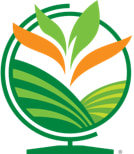Lessons from an Informal Educator on the NGSS Journey – Part 1: Background
The first in a series of blog posts by Seth Derner, education consultant for the American Farm Bureau Foundation for Agriculture. Derner will document the experience of learning how to develop science curriculum materials that meet standards for earning an NGSS Design Badge.
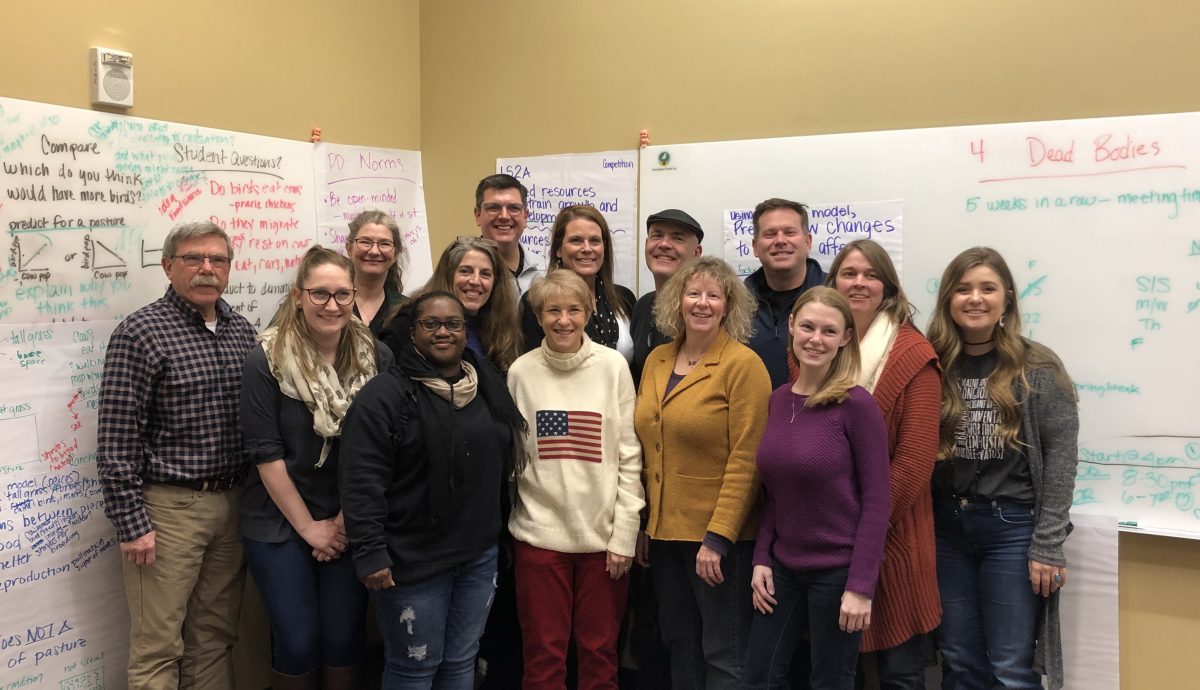
The following is the first in a series of blog posts by Seth Derner, education consultant for the American Farm Bureau Foundation for Agriculture. Derner will document the experience of learning how to develop science curriculum materials that meet standards for earning an NGSS Design Badge. All photos featured were taken by Derner.
In October, the Beef Checkoff awarded the American Farm Bureau Foundation for Agriculture a contract to develop two units of high school science instruction that would meet standards for earning a Next Generation Science Standards Design Badge. The resulting units, both based on phenomena found in the production of beef cattle, will be open-source and promoted by the Foundation as a model of how agriculture provides a rich, interesting field for phenomena to use in science education.
The Foundation has a long history of providing educational resources for classrooms and informal learning opportunities through fairs, community events, farm tours and other events. Most of these efforts have focused on elementary and middle school. In 2016, the Foundation was challenged by its board to develop high school science curriculum materials to counter the growing concern that the lack of scientific understanding about agriculture limited the future talent pool of scientists, researchers and policy makers to help ensure sustainable food production for the over 9 billion people that will inhabit the planet by 2050. We began to research what it would take to develop curriculum materials that would be received as legitimate by science educators.
The following year, 2017, the Foundation hosted its first On the Farm STEM event – a four-day experience for STEM (science, technology, engineering, math) education leaders. Almost none of the state leaders, district leaders or teacher leaders who attended had ever been on a farm nor had they considered how to use agriculture as a context to teach science. By the end of the event, there was near universal agreement that not only was it easy to find ways to teach STEM, but that students would really enjoy it. Additionally, the science education leaders attending the event made it clear: if you want curriculum materials to be considered for use in science classrooms they MUST be designed for NGSS. Not every state has adopted NGSS, although almost every state has science standards that contain the same innovations in approach as NGSS. Currently 19 states and the District of Columbia (representing over 36 percent of U.S. students) have adopted NGSS. Twenty-one states (representing 33 percent of U.S. students) have developed their own standards based on recommendations in the NRC Framework for K-12 Science Education.
This led to Insight #1 of an informal educator venturing into science curriculum development:
- Aligning to NGSS is not enough. A lot of poorly-designed materials claim to be aligned to NGSS. According the NGSS website, “Alignment has come to represent a practice that is insufficient to address the innovations in these standards...the NGSS Innovations cannot be supported by instructional materials that just have the same pieces and words as the standards. Thus, the word ‘designed’ was chosen because it reflects the degree to which the innovations represented by the standards are a foundational aspect of both the organization and content of the instructional materials.”
As an informal educator, I spend time checking out what other groups are doing – groups that, like the Foundation, are developing free materials for teachers. Everything I found talked about “aligning” to NGSS; no one had designed materials for NGSS.
If the Foundation was going to venture into science curriculum materials, we had to become well-versed in NGSS. I didn’t fully understand what was meant by the “innovations in approach” that made NGSS different than the science standards of years past. That’s what led to me to the State Office Building in Lincoln, Nebraska, to spend time with Sara Cooper, Nebraska’s science education specialist.
The Foundation was challenged by its board to develop high school science curriculum materials to counter the growing concern that the lack of scientific understanding about agriculture limited the future talent pool of scientists, researchers and policy makers. With nearly 20 million young people graduating high school in the next 4 years, these curriculum materials represent an opportunity to introduce a new generation to agriculture
Sara agreed to give me a crash course in NGSS over a couple of cups of coffee. Here are the additional insights I took away from our first few meetings:
- NGSS is a really big deal. It’s challenging the mindset that has emerged in science education since the advent of statewide tests. As standardized testing became prevalent, science education became focused on literacy – understanding science terms and concepts. NGSS renews the focus on student-focused scientific and design thinking in the context of real world phenomena. Very exciting for those of us that work in a field where science and design thinking are absolutely essential to solve the challenges of the future.
- Very few people know how to do NGSS right, but there are change-agent type groups out there leading the path forward. Sara explained that a lot of states tried to quickly implement NGSS and found that putting new standards in front of educators wasn’t resulting in instructional changes. Many were just using new labels for old practices. I learned about the thought-leading work of Michael Novak and Brian Reiser at Northwestern, a group out of CU-Boulder, the Create for STEM Institute at Michigan State University, and others. State leaders, like Sara, are at the front lines of motivating science teachers to adopt new practices and approaches.
- There is a demand for high-quality, designed-for-NGSS, open-source curriculum materials, but do it right or don’t do it at all. Changing the way we teach science is a tremendous undertaking – one that the major publishers haven’t embraced, yet. And, as schools seek more free and low-cost open-source materials, there is a built-in opportunity for those groups willing to make the investment. However, there is also a great amount of skepticism regarding claims by those offering curriculum materials. This led to the need for the NGSS Design Badge and a third-party, nonbiased review of materials against a defined rubric.
For the next 12 months, we worked to define a project plan with the right partners to develop high-quality, agriculture-based, designed-for-NGSS science instructional units. The cost of the investment was not small, but the beef producers representing the Beef Checkoff recognized the opportunity and committed the funds needed to make the first two units possible. With nearly 20 million young people graduating high school in the next 4 years, these curriculum materials represent an opportunity to introduce a new generation to agriculture and hopefully inspire them to consider the opportunity to solve the research and engineering challenges of the future in beef production.
We are excited to start the work and look forward to discovering additional insights.

– Seth Derner
A Note From The Foundation
Seth’s wonderful story illustrates how engagement with the Foundation can lead to positive growth in the community. We offer many cooperative engagement opportunities for businesses and organizations of all sizes. We encourage you to learn more about positive growth with the AFBFA.

